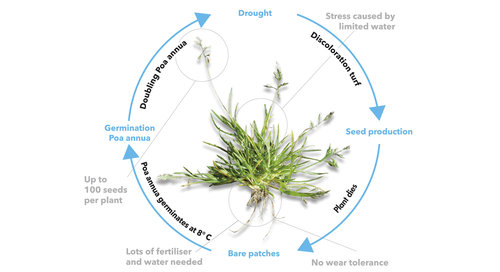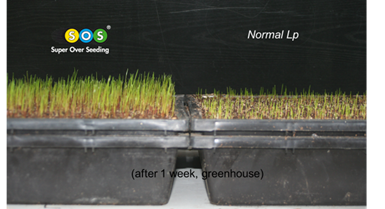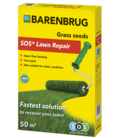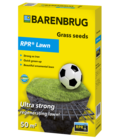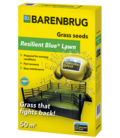2. Faster recovery by strong and creeping grasses
The wear tolerance of annual meadow grass is moderate to low, partly due to its shallow roots. This means that the grass is easily kicked or hit away, which may result in many bare spots that will significantly reduce the quality of play on a sports field or golf course. If these bare spots aren’t re-covered by strong grasses, Poa annua will come back and will take over because of the always present seed bed.
The easiest way to compete against annual meadow grass within the growing season is to use a grass technology that is able to recover the pitch by itself. Normal Lolium perenne is a bunch-type plant with no stolons nor rhizomes and is not able to repair bare spots. Poa pratensis, smooth stock meadow grass, which is also often used for this purpose, does make rhizomes, but is very slow in recovery and by that habit can’t compete against Poa annua.
The fastest solution to recover bare spots by good plants is using so called creeping perennial Rye grass. Barenbrug created the RPR®-grass technology, Regenerating Perennial Rye grass, in 2012 and so far there is no cool season plant on the sport market that has such a fast recovering habit. With every seed of RPR® that you plant, you can potentially create more than ten new plants in the future that help you to recover bare spots. Normal perennial Rye grass will only produce one plant by one seed and is not able to help you!
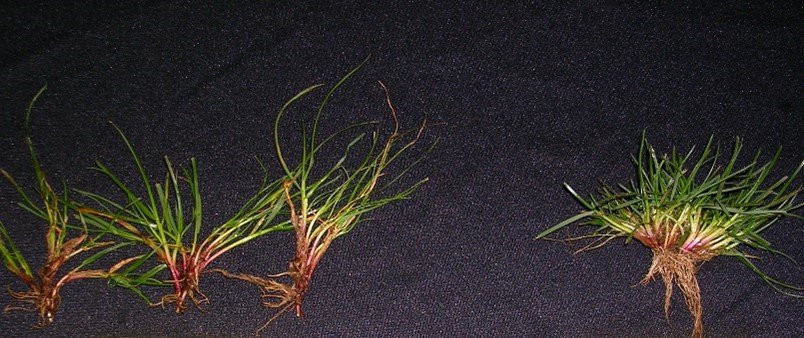
Figure 3: RPR® (l) regenerating perennial versus normal Lolium perenne(r)



